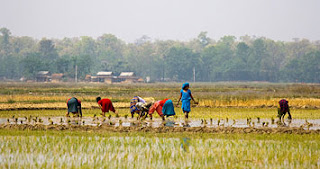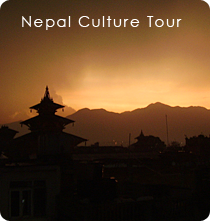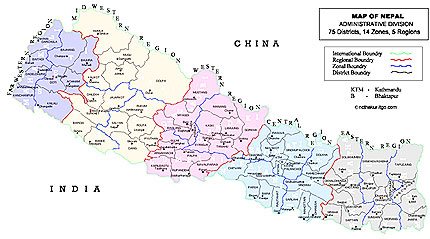Culture of Nepal
testinggggggggggggg Content Loop at Homepage
The diversity of Nepals Ethnic groups its isolating geography and languages have resulted in a complex portion of customs and beliefs that make hared to generalize about Nepali people. Perhaps the dominant cultural concepts are those of cast and status, both of which contribute to a strictly defined system of hierarchy and deference cast determine not only a persons status but also their career and marriage partner, how that person interact with other Nepalese and how other get back. This system of hierarchy extend even to the family where clearly defined rank.
The Nepali view of the world is dominated by puja, prayer and ritual and knowledge that the gods are not remote, abstract concept but living, present being, who can influence human affairs in very difficult ways. Nepali perceives the divine everywhere from the Namaste greetings.
Hindu people belief in re-birth that’s why every morning hindus women all over in Nepal can be seen walking thought the street carrying a plate usually cupper filled with an assortment of goddess. These women are no having break fast but are taking part in a important daily, ritual called Puja. The plate might contain flower petals, rice yoghurt, fruit or sweet are the offerings to the gods which is good offering is being made.
Young Nepali people especially in urban area increasingly influenced by western life style. The vast majority people live by traditional customs and principles. In must ethnic groups, joint and extended families live in the same house even in the city. In same smaller village extended families make up the entire community. Traditional family life has been dislocated by the large numbers of Nepali men forced to seek work away from house, whether Kathmandu or Pokhara or India or Gulf states.
Arrange marriage remain the norm in Nepali Hindu society and are generally between member of same cast or ethnic group although there are a growing number of love marriages. Child marriages have been illegal since 1963 and today the average age of marriage are as much a social contract as a personal affairs most families take a advice of astrologers when taking such important decision.
To decide not to have children is almost unheard and Nepali women generally pity, if they are childless. Having a son is particularly important achievement, especially for hindu families where some religious rite can only be performed by the eldest son.
The rich tapestry of the cultural heritage of Nepal is synthesized in the Kathmandu Valley. The three ancient cities of the Valley Patan, Kathmandu, Bhaktapur represent an epitome of harmony in urban design, elegant architecture and refined culture. These cities pack a concentration of religious monuments unequalled in the world. Don/t miss the seven monument zones named as World Heritage Sites by UNESCO all situated within the small confines of the Valley.





Footer Widget#3